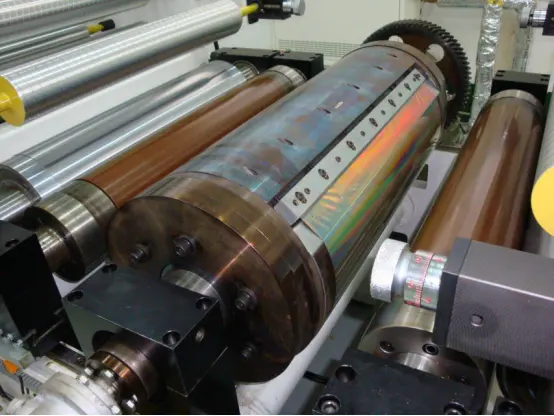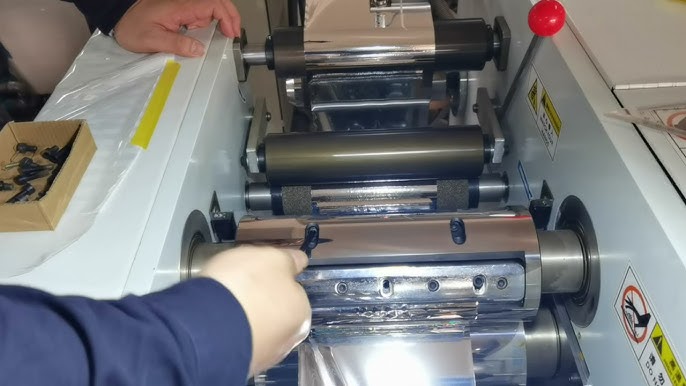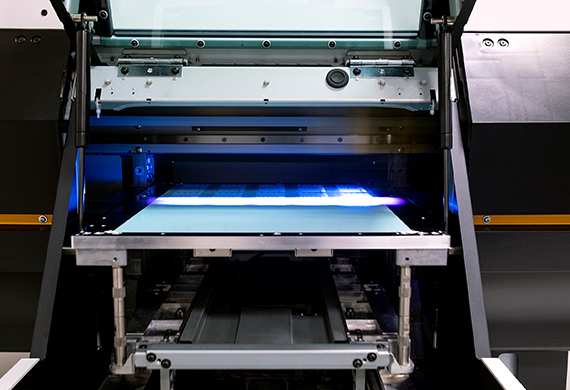In today’s global market, anti counterfeit stamps and seals have become crucial for businesses aiming to protect their brand integrity and customers. These tools are more than just protective measures; they are statements of authenticity and trust. Businesses across various sectors are investing in these technologies to combat the ever-growing threat of counterfeit products. Understanding how these stamps and seals work is essential for any business professional looking to safeguard their brand.

The Growing Threat of Counterfeiting
Counterfeiting has become a pervasive issue, affecting industries from pharmaceuticals to fashion. The rise of e-commerce has further exacerbated this problem, making it easier for counterfeit goods to enter supply chains. According to the International Chamber of Commerce, the global economic value of counterfeiting and piracy could reach $4.2 trillion by 2022. This staggering figure underscores the importance of implementing robust anti-counterfeiting measures.
What Are Anti Counterfeit Stamps and Seals?
Anti counterfeit stamps and seals are specialized security features that businesses use to verify the authenticity of their products. These can include holograms, watermarks, and unique serial numbers. Each type of stamp or seal offers different levels of security, and selecting the right one depends on the specific needs of a business. These tools not only help in protecting products but also play a critical role in maintaining brand reputation.
Types of Anti Counterfeit Stamps and Seals
There are several types of anti counterfeit stamps and seals available, each with its own set of features and benefits.
Holographic Seals
Holographic seals are one of the most commonly used anti-counterfeit measures. They are difficult to replicate and provide a visual way of verifying authenticity. These seals can be customized to include specific patterns or logos that are unique to a brand.
Watermarks
Watermarks are typically used on documents and currency. They are embedded into the paper during the manufacturing process, making them hard to duplicate. This type of seal is often used in industries where document authenticity is critical.
Unique Serial Numbers
Unique serial numbers are used to track individual products. This method not only helps in verifying authenticity but also aids in inventory management and product recalls.
Benefits of Using Anti Counterfeit Stamps and Seals
Implementing anti counterfeit stamps and seals offers numerous benefits to businesses. Firstly, they help in protecting the brand from fraud. By ensuring that only genuine products reach consumers, businesses can maintain their reputation and customer trust. Secondly, these tools can lead to cost savings by reducing the number of counterfeit products in the market, which can otherwise lead to significant financial losses.
Maintaining Customer Trust
Consumers are becoming increasingly aware of the risks associated with counterfeit products. By using anti counterfeit stamps and seals, businesses can assure their customers of product authenticity, thereby strengthening customer loyalty.
Legal Compliance
Many industries are subject to regulations that require the use of anti-counterfeit measures. Implementing these stamps and seals ensures compliance with such regulations, avoiding potential legal repercussions.
Challenges in Implementing Anti Counterfeit Measures
Despite their benefits, implementing anti counterfeit stamps and seals is not without challenges. The initial cost of these technologies can be high, and businesses need to weigh these costs against the potential losses from counterfeit goods. Additionally, as counterfeiters become more sophisticated, businesses must continually update their security measures to stay ahead.
Future of Anti Counterfeit Technologies
The future of anti counterfeit stamps and seals looks promising, with advancements in technology offering new ways to secure products. Innovations such as blockchain technology and digital watermarks are set to revolutionize the industry, providing even more robust security features. Businesses that stay abreast of these developments will be better positioned to protect their products and consumers.
Adopting New Technologies
As technology evolves, businesses must be willing to adopt new anti-counterfeit measures. This may involve investing in new equipment or training employees to recognize counterfeit products. Staying informed about the latest trends and technologies in anti-counterfeiting is crucial for maintaining effective protection strategies.
Integrating Anti Counterfeit Measures into Your Business
For businesses looking to integrate anti counterfeit stamps and seals, it’s essential to start by assessing the level of risk associated with their products. This assessment will help in selecting the most appropriate anti-counterfeit measures. Collaboration with industry experts and security providers can also provide valuable insights and support during the implementation process.
Case Studies
Several businesses have successfully implemented anti counterfeit stamps and seals, leading to significant reductions in counterfeit products. For instance, the fashion industry has seen a notable decrease in fake goods thanks to the use of holographic seals and unique serial numbers.
For more real-world examples of security printing in action, you can visit this security printing resource.
Conclusion
In conclusion, anti counterfeit stamps and seals are indispensable tools for businesses aiming to protect their brand and maintain customer trust. While there are challenges in implementation, the benefits far outweigh the risks. By staying informed and adopting the latest technologies, businesses can effectively combat the threat of counterfeiting.

FAQs
What are the most common types of anti counterfeit stamps and seals?
The most common types include holographic seals, watermarks, and unique serial numbers. Each offers different levels of security and is chosen based on specific business needs.
Why is it important for businesses to use anti counterfeit stamps and seals?
Using these tools helps protect a brand’s integrity, ensures product authenticity, and maintains customer trust. They also help businesses comply with industry regulations.
How can businesses keep up with advancements in anti counterfeit technologies?
Businesses can stay informed by attending industry conferences, collaborating with security experts, and regularly updating their security measures to incorporate new technologies.
This article contains affiliate links. We may earn a commission at no extra cost to you.







